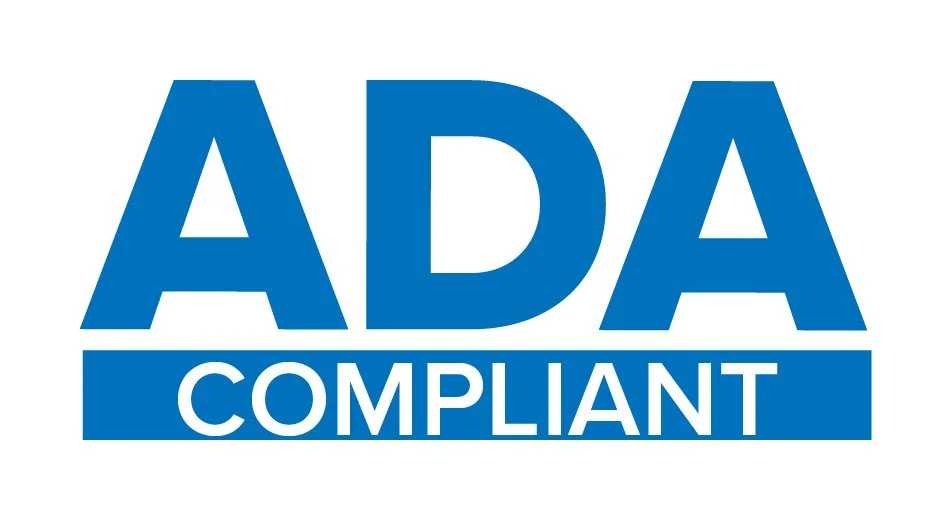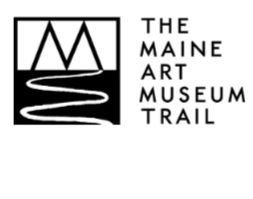At the Abbe Museum Downtown
People of the First Light
Our core exhibit, People of the First Light, shares a wide variety of content and perspectives around more than 12,000 years of history, conflict, adaptation, and survival in the Wabanaki homeland.
Visit the page for People of the First Light here.
In the Shadow of the Eagle
At a moment where the United States marks 250 years since its founding, this contemporary art exhibit aims to share a greater understanding of Wabanaki Nations’ place within our ongoing national narrative. The exhibit title is drawn from co-curator Donna Loring’s (Penobscot Nation) book that candidly chronicles time spent as a Tribal Representative for Maine. Joining the curatorial team are historian Dr. Darren Ranco (Penobscot Nation) and Virginia Museum of Fine Arts Curator Siera Hyte (Cherokee Nation). Using the Semiquincentennial and Wabanaki involvement in the Revolutionary War as a jumping off point, In the Shadow of the Eagle focuses on important themes such as military service, treaties, and self-governance. The exhibition features incredible new artworks by leading Wabanaki artists alongside important historical belongings, and loans of work by important Native artists from outside the Dawnlands.
This exhibition was made possible with the generous support of the Terra Foundation for American Art.
The exhibit opens in May 2025 and will run through October 2026.
-
Commissioned Works
James Eric Francis, Sr., Penobscot
Caleb Hoffman, Cherokee Nation
Geo Soctomah Neptune, Passamaquoddy
Lokotah Sanborn, Penobscot Descent
Other Contemporary Artists
Maya Tihtiyas Attean, Penobscot
Eric Otter Bacon, Passamaquoddy
Diane Campbell, Passamaquoddy
Doris Chapman, Passamaquoddy
Barry Dana, Penobscot
Emma Hassencahl-Perley, Wolastoqey
Theresa Neptune Gardner, Passamaquoddy
Maria Girouard, Penobscot
G. Peter Jemison, Seneca Nation
Clara Neptune Keezer, Passamaquoddy
Rick Love, Penobscot
Dominic Polchies, Penobscot
Tim Shay, Penobscot
Alan Syliboy, Mi’kmaq
Fred Tomah, Maliseet
Marie Watt, Seneca Nation
Nelson White, Mi’kmaq
Mi’kmaw Tepgunsejig - 13 Moons Full Suite by Jordan Bennett
This exhibition features the dynamic print series 13 Moons by Jordan Bennett (Mi’kmaq). Working at the confluence of contemporary and tradition, Bennett’s artistic practice is largely informed by place and heritage, and his signature style brings incredible color and form to his two-dimensional work. Mi’kmaw Tepgunsejig: 13 Moons Full Suite showcases Bennett’s visual examination of the Mi'kmaq lunar calendar. The calendar is embedded in the yearly changes of the natural world and is grounded in the Mi’kmaq People’s deep history and connection with what is now Maine and the Canadian Maritimes. The print series shares the gallery with complementary works by other Mi’kmaq artists from the past and present—many of them focused on the quillwork from which Bennett draws inspiration.
This exhibition was made possible with the generous support of the Stephen and Tabitha King Foundation.
The exhibit opens in May 2025 and will run through October 2025.
Waponahki Student Art
A collaboration with Maine Indian Education, the Boys & Girls Clubs of Border Towns, and the Abbe Museum, the annual Waponahki Student Art Show brings together a wonderful variety of art created by Passamaquoddy, Penobscot, Maliseet, and Mi’kmaq students from early childhood education through high school. The styles, media, and images vary throughout the exhibition, but place, culture, and identity have a strong presence in these original works.
The Abbe Museum is honored to present this year's artwork digitally for audiences who aren't able to view it in person. Click here to view the gallery! Thank you to the students, teachers, and school staff for making this incredible exhibit possible!
The exhibit opens in May 2025 and will run through October 2025.
Dr. Abbe's Museum*
This exhibits focus on the archaeology of Maine and is reminiscent of the way the it would have been displayed the Museum first opened in 1928. See how bone and stone tools and pottery were made, explore artifacts from the museum's early collections, and find examples of artifacts from many towns around eastern Maine.
*The components of this exhibit are from our original location in Acadia National park, which is currently closed to the public.
Interpretive Framework
Read the Abbe Museum’s Interpretive Framework.










